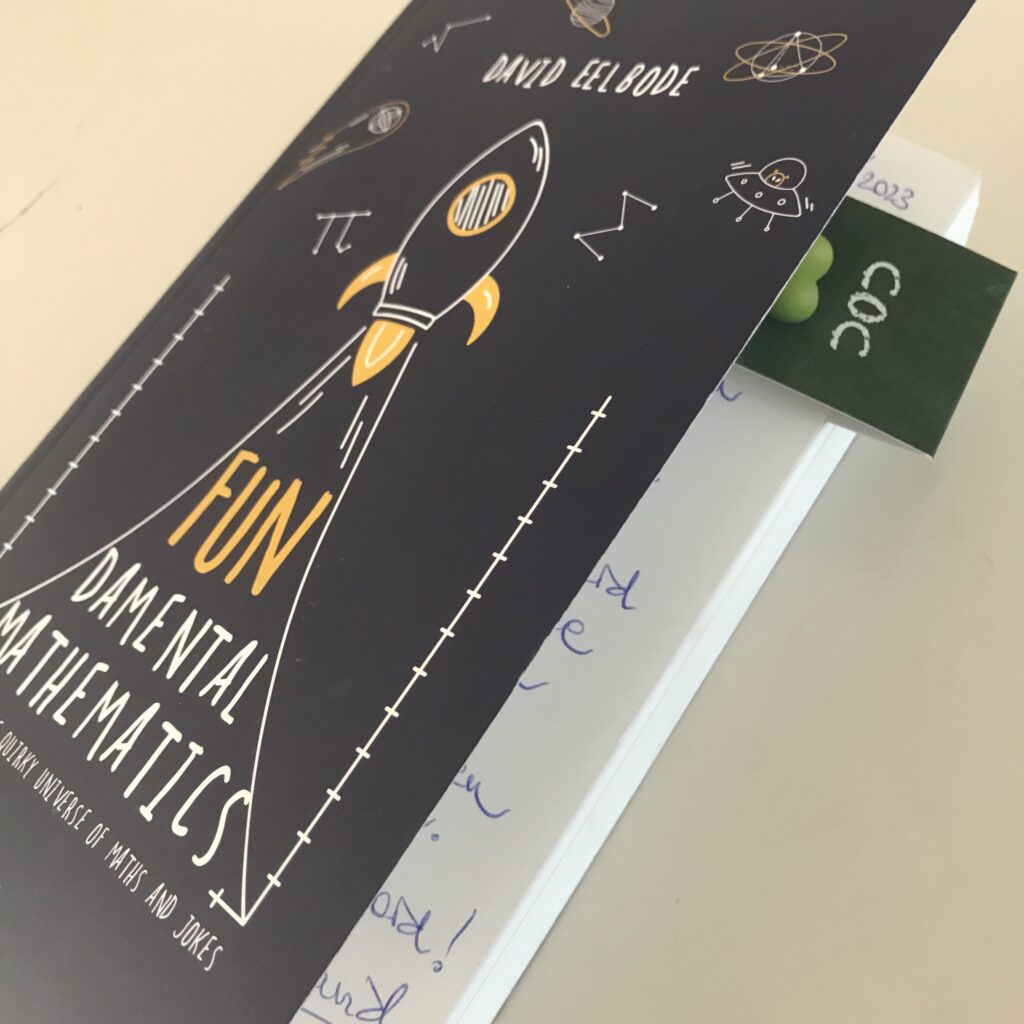Will we still use matrices when geometric algebra becomes mainstream?
I don’t think that you have to throw away matrices, because there will always be people working with matrices. But it’s a good question about the science behind the teaching. I am afraid that if you would start teaching geometric algebra without talking about matrices, it would be very difficult to, for instance, open random books on representation theory, or even about quantum physics, because the first thing that they will see is a matrix. It should remain part of the curriculum next to geometric algebra, there is no reason those two cannot coexist.
You talked about rotors and spinors. Could you briefly reexplain what their concrete applications are?
A rotor is essentially a rotation. Rotations always happen in a plane. The spinor is the object that can tell you if the sense of a rotation was positive or negative. Physicists use them all the time when they talk about certain kinds of elementary particles. It is somehow a mysterious algebraic object, but it has so many high-tech uses. Everything involving quantum, will involve a spinor.
You also talked about the possibility of orienting points. Is it possible to use those in less than two dimensions?
One of the main philosophies of geometric algebra is that people want to work in a dimension agnostic way. The whole point behind being dimension agnostic is that you don’t really care about the number of dimensions that you use to look at the problem. A point, if you think about it, does not really exist. If in a plane, or even on a line, you have a point, you may feel a pile of nothingness. But maybe that the line you were looking at is a sheet of paper right in front of your eyes. If I tilt it, you can suddenly see that it is a sheet of paper. The point that you can see on that line has become a line itself, and a line has an orientation, hence its (viewed) ‘point’ inherits this orientation.

You were holding a book with a somehow funny cover earlier, what is it about?
This is my very first published book entitled ‘FUN-damental Mathematics’, in which I reveal that even mathematicians are human. It is a voyage into the quirky universe of maths and mathematical jokes. The latter are well explained so that engineers can enjoy them too (laughs).